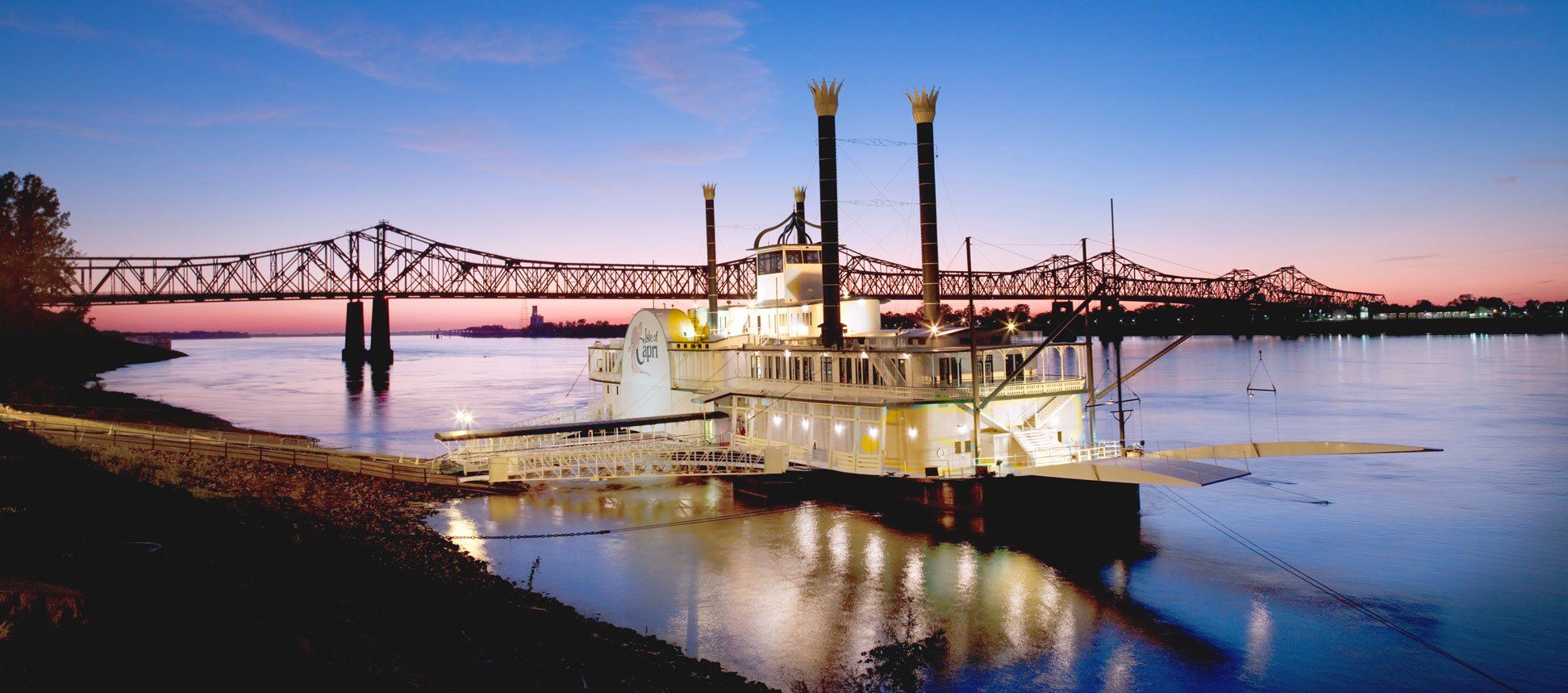Old mud in Mississippi uncovers sensational adventure of Antarctic
Mud centers bored in Mississippi hold long-covered up signs
about the beginnings of huge Antarctic ice sheets around quite a while back,
new examination shows.
Earth was amidst a significant change at that point, moving
from the refreshing Eocene Age to the cooler Oligocene. The planet had no
long-lasting ice during the Eocene, yet by the early Oligocene, it previously
included ice sheets 25% bigger than those we know today.
As those ice sheets developed during the Eocene-Oligocene
change, ocean levels additionally fell by about 40 meters (131 feet),
uncovering areas of recently lowered land directly following retreating shores.
That emotional drop in ocean levels released a significant
carbon move from beach front dregs into the climate, as per the examination
group's examination of old mud from a similar time span gathered close to
Jackson, Mississippi.
"We've uncovered data from the Mississippi mud to
respond to a vital inquiry concerning how Antarctic ice enormously extended to
mainland scale," says senior creator Tom Dunkley Jones, a
micropaleontologist and pale oceanographer at the College of Birmingham in the
UK.
These Antarctic ice sheets, the review's creators note,
initially framed because of the drawn-out entombment of carbon in dregs,
sequestering it away from the climate, where it broadly has an intensity
catching impact.
That drop in environmental carbon likewise empowered Earth's
more extensive progress to the cooler current environment of the beyond 34
million years, they add, making chillier circumstances that helped gigantic ice
sheets structure in Antarctica, which thus prompted the worldwide lessening in
ocean levels.
This all happened excessively fast for some species to
adjust, bringing about a far and wide mass elimination as past examination has
shown. This violent period is likewise known by the French moniker Grande Couture,
for "extraordinary cut."
"The Eocene-Oligocene progress is likely the planet's
greatest environment cooling occasion and significantly affects the World's set
of experiences," Dunkley Jones says.
In the midst of this general cooling pattern, in any case,
falling ocean levels brought about by Antarctica's glaciation likewise prompted
another, restricting pattern, Dunkley Jones and his partners report.
The withdrawing sea uncovered huge districts of waterfront
residue, leaving them powerless against outrageous disintegration. These
delicate, wet residues contained huge volumes of plant matter and other natural
flotsam and jetsam, which were not generally safeguarded via seawater.
mangrove
Falling ocean levels in excess of a long time back uncovered
beach front silt like those in present day tropical mangrove swamps, scientists
say. (Ozzy Delaney/Flickr/CC BY 2.0)
As these mangrove-like territories dried out, their
tradition of natural material was presented to oxygen and turned into a banquet
for organisms, which delivered its sequestered carbon into the environment as
carbon dioxide.
This flood of CO2 was sufficient to cause a "transient
negative criticism to environment cooling," the scientists compose,
momentarily undermining the planet's progress to an "icehouse"
environment.
"As ocean levels fell over this progress, we can see
how a transitory brake on climatic cooling occurred with the arrival of a lot
of carbon dioxide sequestered in seaside districts around the bowl of the
Mississippi Waterway," Dunkley Jones says.
The exchange of carbon from these seaside residue might not
have halted the planet's movement into the cooler Oligocene environment, the
group notes, yet it uncovers a significant insight concerning how this mind
boggling framework functions.
"Our paper provides us a significant new insight about
how Earth's environment can go through sensational moves and how this is
frequently firmly connected to the biosphere and carbon cycle," says
Kirsty Edgar, a micropaleontologist and pale oceanographer at the College of
Birmingham.
The review analyzed marine muds from around 137 meters down,
contrasting information from them and signs about the Eocene-Oligocene progress
from somewhere else, particularly the Pacific Sea.
This uncovered long haul changes in the aggregation of
dregs, the specialists make sense of, explaining the planning of ocean level
decays that agreed with arrangement of the ice sheets.

Comments
Post a Comment